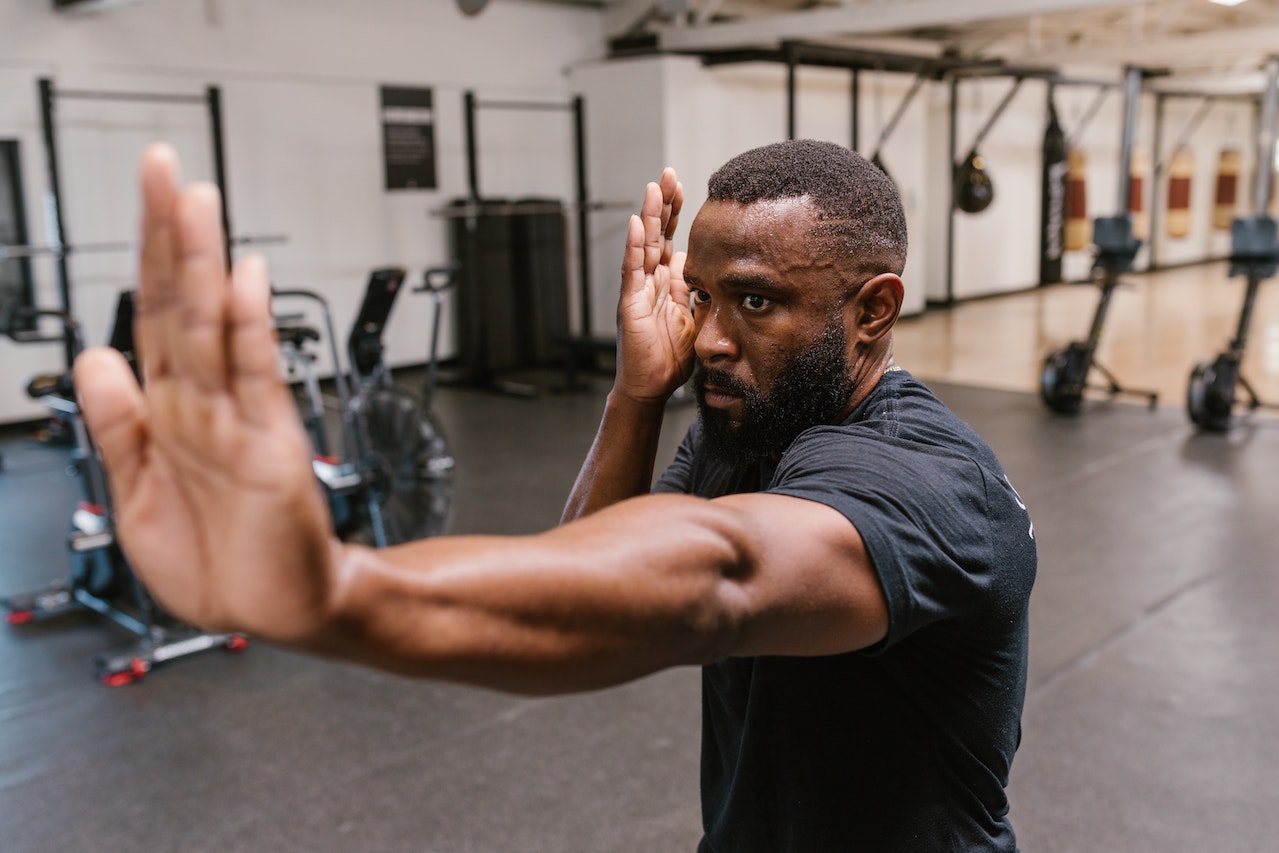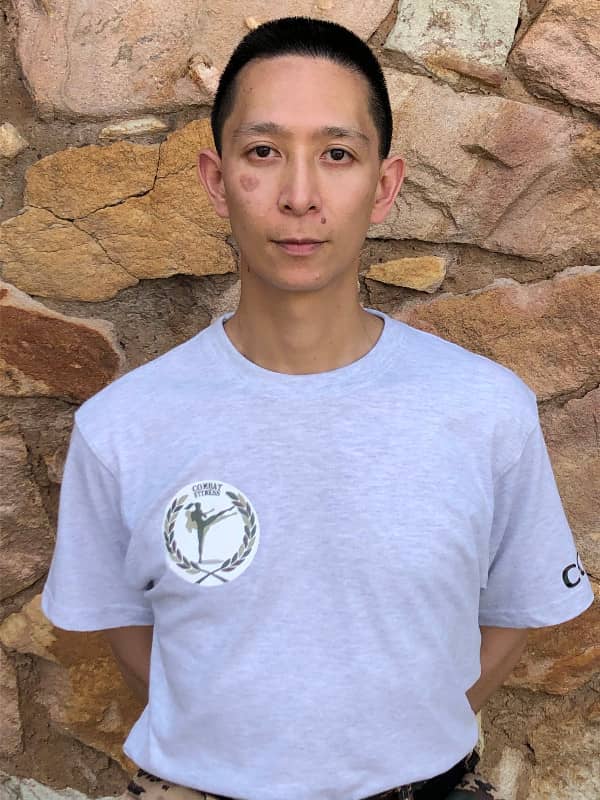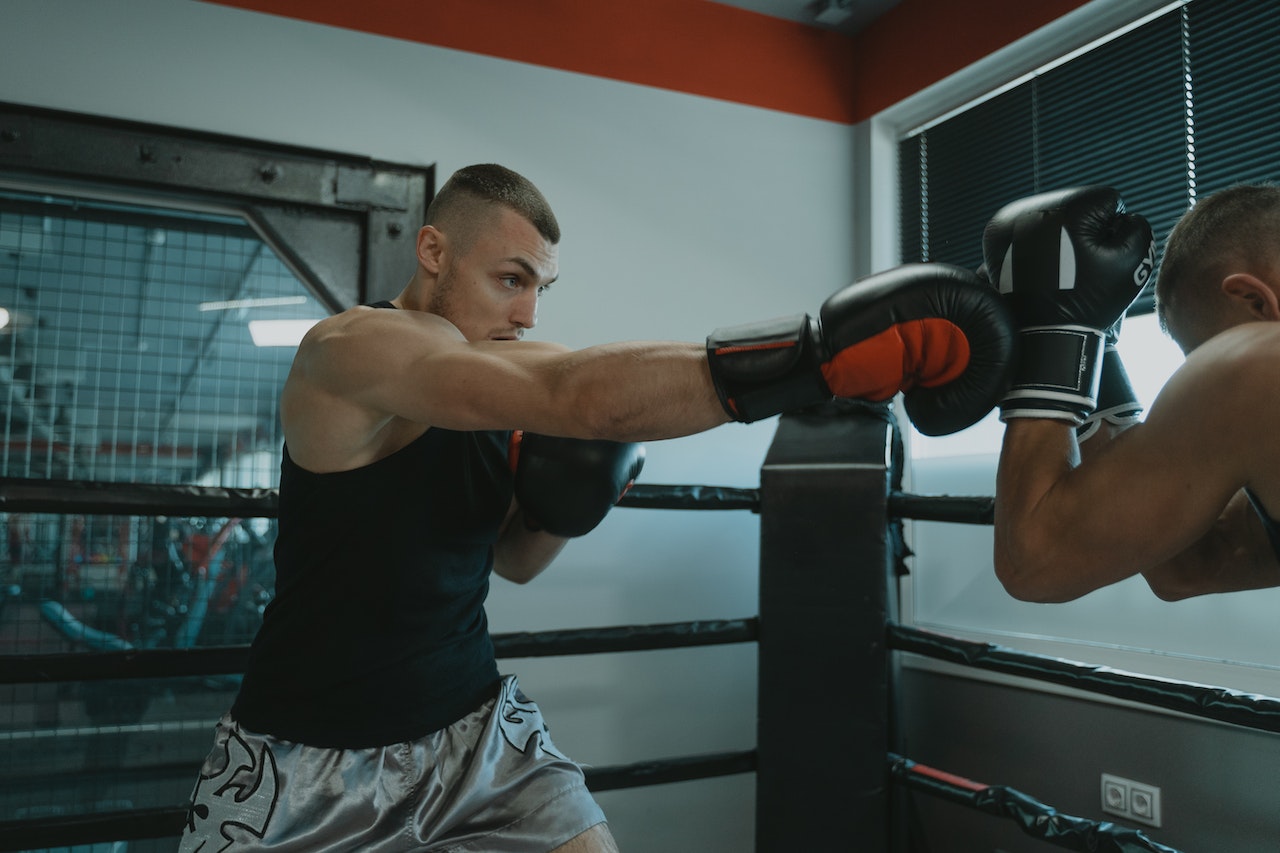Our Training and Methodology
Which Fitness System is Used?
We utilize a tactical fitness system which incorporates functional
exercises for developing strength and flexibility;
High Intensity Interval Training (HIIT) for building stamina and
endurance; and breathwork for maintaining output, followed by
recovery.
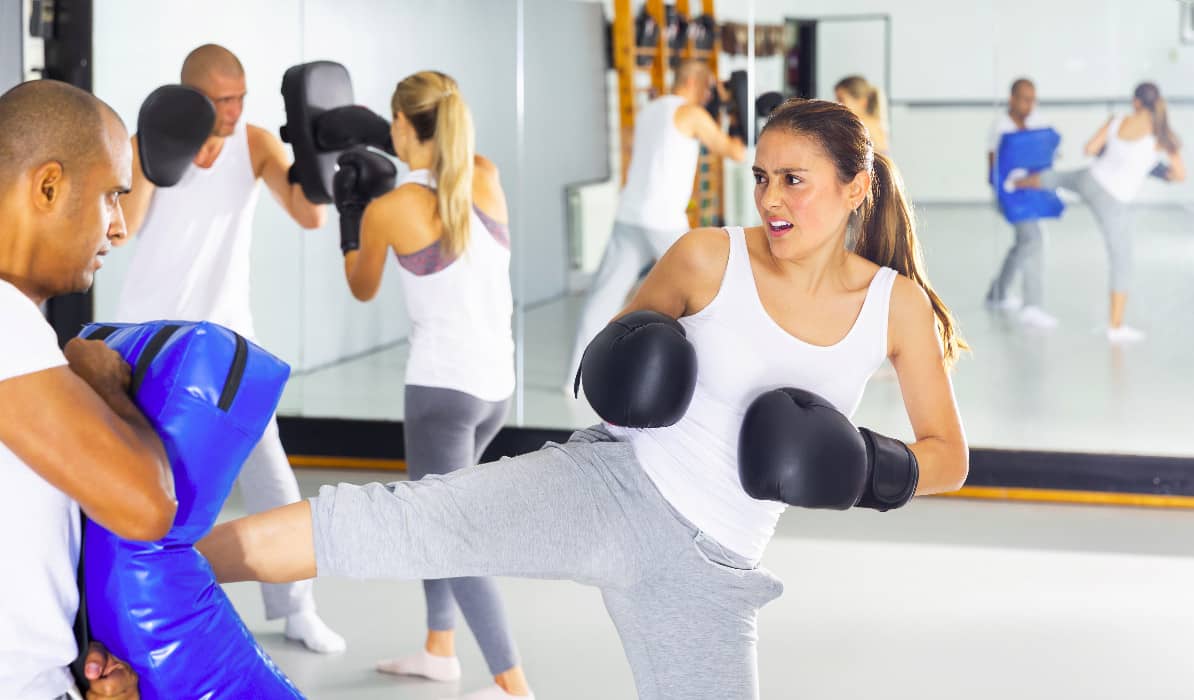
Which Martial Arts are Used?
Combat Fitness combines elements from various disciplines, such as Aikisambo, boxing, escrima, krav maga, kung fu, ninjutsu, MMA and Systema. First it would be best to understand the distinction between MMA and mixed martial arts.
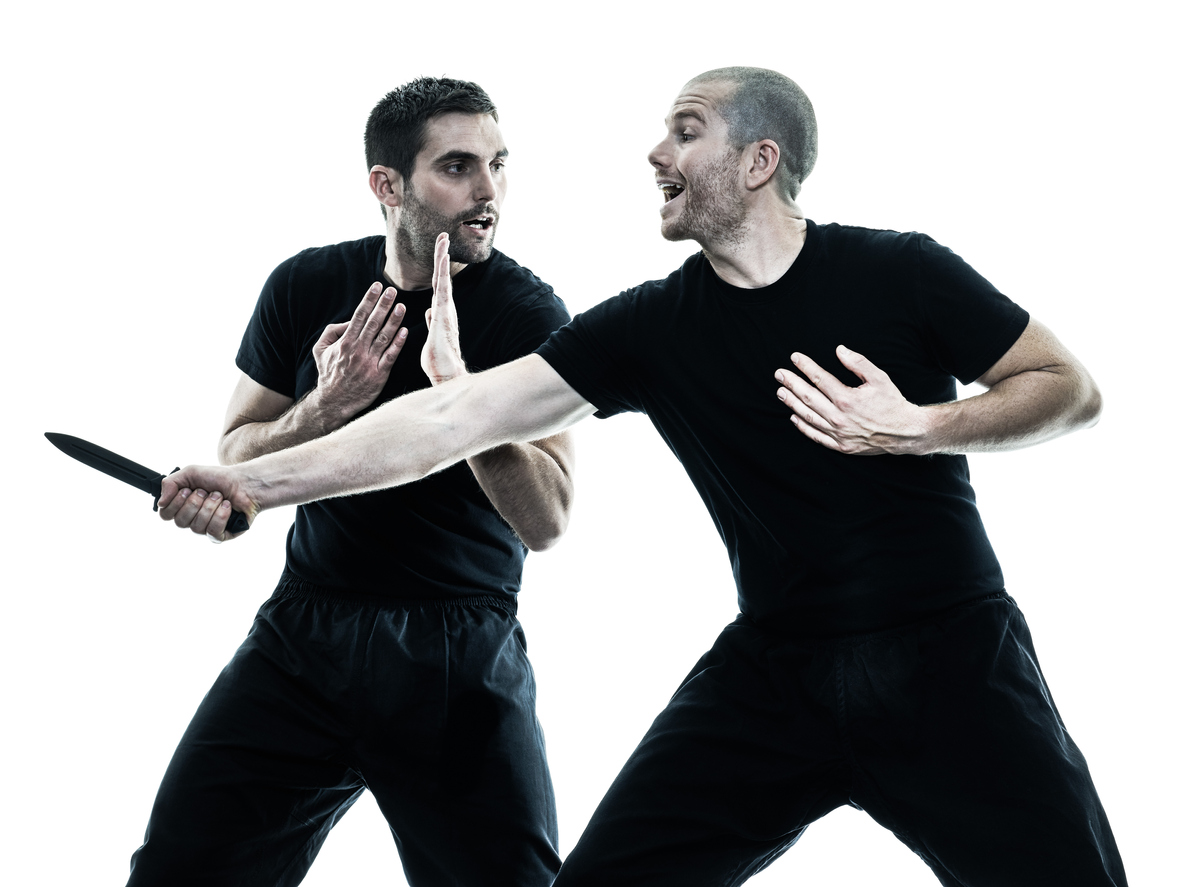
The History of Mixed Martial Arts
Vale Tudo (which translates to ‘everything goes/everything
allowed’) was a no-holds-barred form of competition that was
popular in Brazil during the 20th century. This meant that
virtually any strike, kick, take-down, joint lock, grapple or
wrestling move was allowed. After the founding of Ultimate
Fighting Championship (UFC) in 1993 the violent nature of the
sport caused a media backlash, so new rules were introduced to
reduce the brutality and to increase safety. It was also rebranded
as Mixed Martial Arts (MMA) to change the perception of its image
and to establish itself as a legitimate sport.
Fighters began to cross-train in multiple martial arts to become
more comprehensive and to overcome the limitations from any
individual style. In essence, they were training in mixed, or
diversified, martial arts.
To review, Combat Fitness follows a mixed martial arts approach to
training, and not specifically to train for a MMA arena, although
we do practice some of their methods.
Want to learn more. Reach out to us on WhatsApp.
More about the Origin of Combat Fitness
The idea of Combat Fitness started when my sister was driving home
from university while travelling through Braamfontein. In the
bumper-to-bumper afternoon traffic, an unassuming pedestrian
walked past her car, turned around, and then smashed her window to
steal her handbag. She was shaken up, but fortunately she was not
assaulted and she only suffered minor glass cuts. This incident
got me thinking: with my five plus years of kung fu training, what
would I have done differently? Would I have been more alert? Would
I have been able to confront the perpetrator?
So I began to started to think deeply about the situation and I
deduced seven action steps to follow in any event. I began to
research the concept of “self-defence” and I realised that most
people would not be willing to dedicate several years to master
kung fu so I had to find a range of simpler techniques that would
still be effective. In my research I came across a concept called
O.O.D.A which stands for Observe–Orient–Decide–Act developed by
Colonel John Boyd, and it was strikingly similar to what I came up
with, but was three steps shorter and more concise.
These concepts perfectly sum up the process to keep in mind while applying self-defence:
- Observation: being aware of your surroundings and potential threats.
- Orientation: taking cognisance of your position not only relative to potential threats, but also to potential weapons and escape routes.
- Decision: formulating plans and sifting through the best alternatives.
- Action: choosing a plan and following through with it.

Fight, flight or freeze
When faced with a bad situation your base instincts are to fight or flight, but there is also fright or freeze which I’ll discuss later. The best form of self-defence is to avoid conflict, that’s were the first two Os particularly help. Fleeing from fights will save you from being beaten, getting shot or stabbed. But what happens when you cannot get away, or if you are with loved ones? If you have to fight then you have to make sure that whatever you do is effective and efficient. Actively making a decision and acting upon it (the D and A in the loop) allows you to make a conscious decision to fight or flight, which grants you better control of yourself and the situation. So there are two parts to Combat Fitness training: gaining fitness and stamina, in order to escape (flight), and practicing combat techniques to defend yourself (fight).

Fitness and Combat Training
Fitness Training
We utilise a tactical fitness system that focuses on marginal
improvement, using functional training, and incorporating
movements of increasing complexity.
The first component, marginal improvement, is the process of
building yourself up step-by-step, one day at a time. For example,
if you can’t do ten pushups in a row, start with one today, then
do two tomorrow, and keep adding one until you reach your goal.
There are long term benefits to incrementally increasing your
abilities as opposed to sudden, harsh changes in your exercising
lifestyle. If you set unrealistic expectations in unreasonable
timeframes, you are more likely to give up on your fitness goals.
Following a marginal approach on the other hand will help you
progress more easily and while measuring your results.
The second component, functional training, has many aspects: it is
not only about using the body’s natural movement but also about
maintaining correct body alignment and utilising the correct
muscles and tendons during each session. Functional exercises are
those that have more than one benefit apart from just doing them
as simplistic drills. Take squats, which are great for leg
strength and toning hip muscles, quadriceps, hamstrings etc., but
they can also serve a functional purpose: as a primary method of
standing up. To use an analogy, when life “knocks you down” you
need to get back up; if someone physically knocks you down you
need to stand up again, either to face them or to run away. Doing
more functional exercise drills helps to maximise the value of
each workout.
Comparatively, CrossFit is fitness regimen that often pushes
participants to their limits; with consistent training, many of
them can reach amazing levels of strength and stamina in
relatively short periods of time. The downside is that the strain
on the body can be so taxing that it cannot be continued at those
levels indefinitely; many participants report joint, muscle and
tendon injuries, which prevent them from carrying on their
training, and then they drop out. Alternatively, tactical fitness
we use is about sustainable training, so no matter what stage you
are in your life or even how old you are, you can maintain
strength and stamina without wearing out your body. This is
possible because it uses different levels of complexity which
allows you to choose the level that you are comfortable with on
any particular day.
This differs from most other two-dimensional exercises, like
running or cycling, whose motions are repeated continuously in one
plane of movement, and they remain straight-forward with little to
no variation. Over time these repetitions cause wear and tear and
can also lead to long term injuries; take Tiger Woods for instance
who’s had surgery on his back five times! By incorporating varying
exercises with incremental levels of complexity, this challenges
our bodies to learn and adapt continuously, which helps to
maintain suppleness, youthfulness and flexibility, furthermore
keeping you strong and fit throughout your entire life.
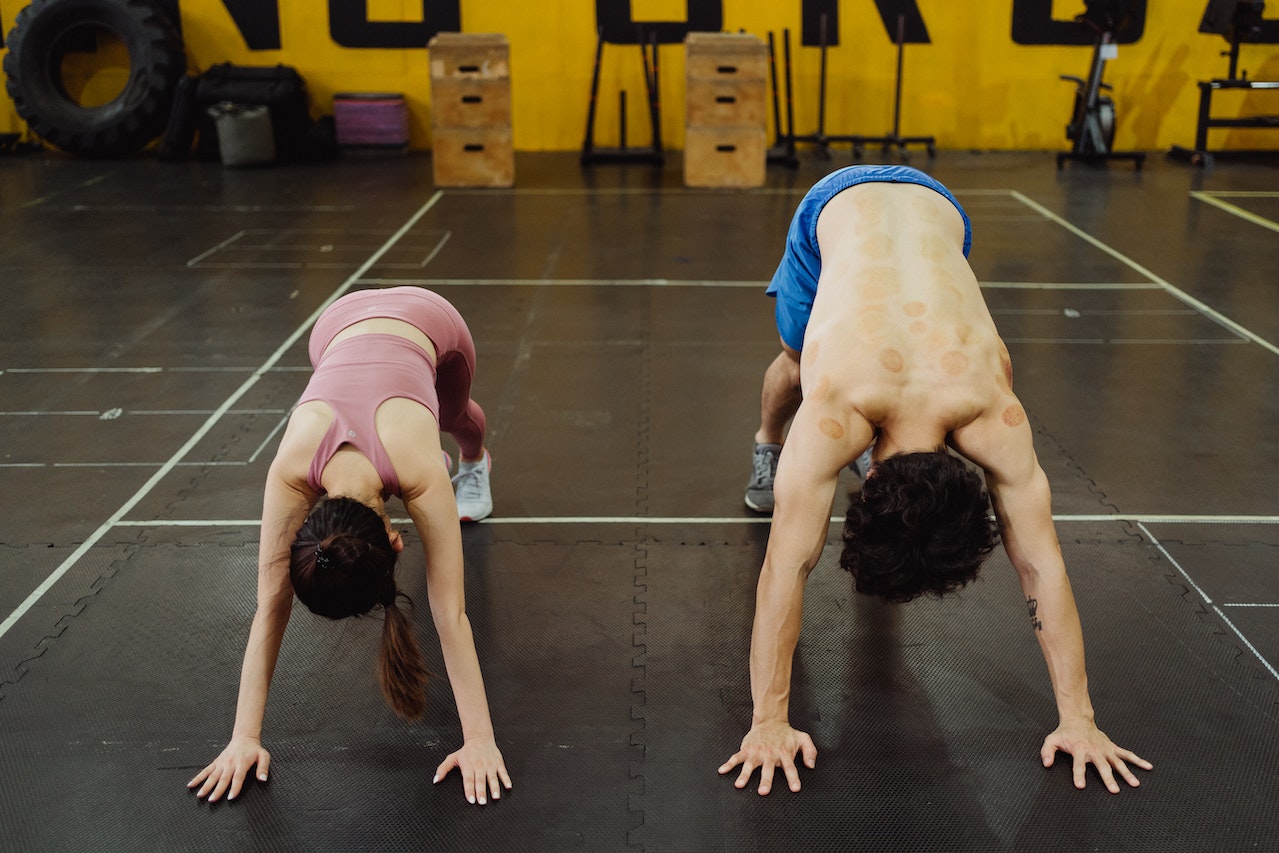
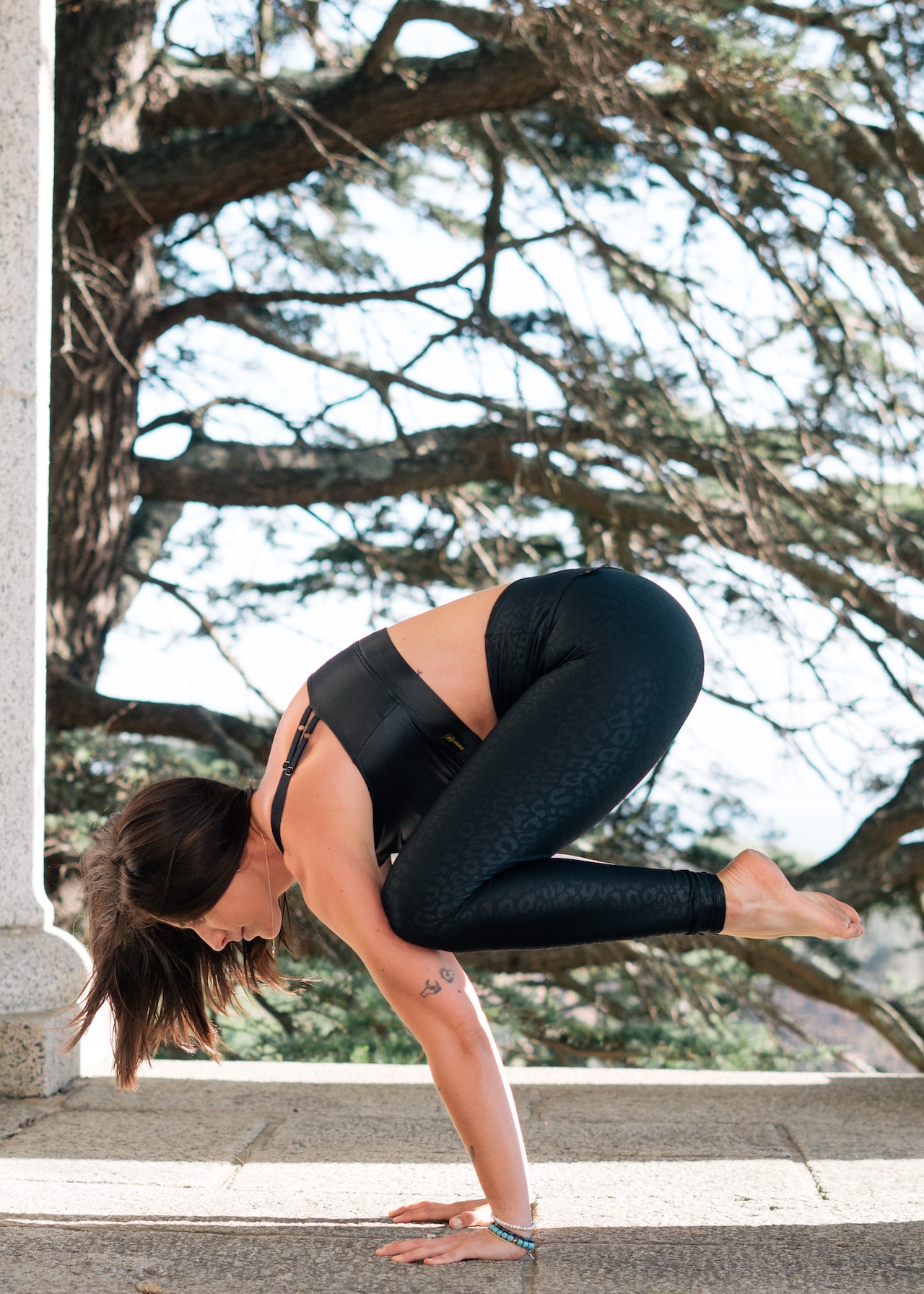
Combat Training
The second part of the Combat Fitness system is combat training.
The best self-defence combat techniques to learn are those that
both effective and efficient. By effective we mean they should
produce a desired result. If a mosquito landed on your arm you
could punch it, which would probably work but your arm would be in
a lot of pain afterwards, so a slap would be more adequate. By
efficient we mean being economical or not wasteful with our
movements. Why boil a full kettle for a single cup of tea when
just enough water would suffice?
In highly stressful situations adrenaline starts to pump and fine
motor control becomes lost, that is why broad, general moves are
favoured. With regular training you can moderate your stress
levels and remain calm. Ideally you want to fend off an attack in
order to make an escape, but as Joe Louis said, “Everyone has a
plan until they've been hit,” that is why we do a broad range of
training in order to recognise potential attacks and to prepare
for multiple contingencies. Life, just like fighting, can be
complex hence adding complexity makes the practices more realistic
and opens the opportunity for ongoing development and learning. We
continuously explore new techniques and elements from different
martial arts in order to become more well-rounded defenders.
Will Durant interpreted one of Aristotle’s lessons as follows: “We
are what we repeatedly do… therefore excellence is not an act, but
a habit.” I discovered that participants forgot most of what they
learnt in my self-defence workshops just three months after
attending them. Therefore, continuous training and practice is
vital in order to achieve high levels of competence and to
internalise these skills. You can’t reasonably expect to be good
runner, for example, if you only run one race, it is necessary to
run regularly. Training consistently is great for releasing
tension, reducing stress and uplifting your mental wellbeing too.

